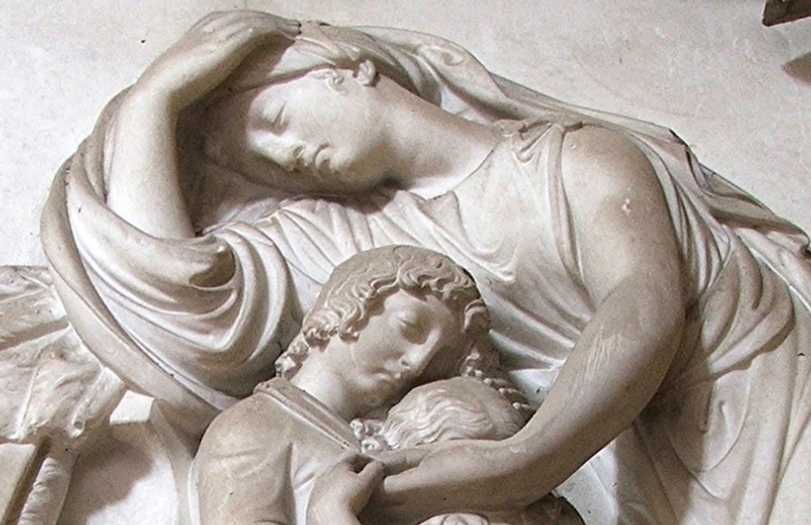Two women, one extraordinary legacy
From penniless child actress to legacy giver…
Harriet Mellon (1777-1837) was born into poverty and life as the child of theatre players, who had, in her own words, barely “food and clothes to cover me”. From working as a child actor earning a pittance, Harriet became a star of the London theatre as a young adult. Her talent was first spotted by Richard Brinsley Sheridan, the dramatist, and she left the provincial circuit to make her first appearance in Drury Lane in 1795 as Lydia Languish in Tile Rivals. Although acting was not then considered to be a suitable occupation for a woman, there is no suggestion that Harriet’s talent, engaging, good-humoured personality and good looks brought her great popularity.
She was befriended by the elderly Thomas Coutts, banker to George III, and, after his wife's death in 1815, they were married. He was 80, Harriet 38. After Coutts’ death in 1822 Harriet inherited the whole of his immense fortune. Eleven years later, reviled by his family, Harriet married William Aubrey de Vere, ninth Duke of St Albans, descendant of Nell Gwynn and Charles II. He was 26, Harriet 47 and by all accounts it was a happy marriage.
After Harriet’s death ten years later, she passed her fortune to Angela Burdett-Coutts, her step-granddaughter. By the terms of Harriet’s will – and at a time of women’s subordination in a deeply patriarchal society – Harriet's legacies to women were held in trust to make them inaccessible to their husbands. Harriet died in London but her mortal remains were deposited in the St Albans family vault at St Andrew’s Church in Redbourne in Lincolnshire.
A women’s champion….
Having inherited Harriet’s fortune, Angela Burdett-Coutts (1814-1906) – 1st Baroness Burdett-Coutts – dedicated her life and her money to philanthropic causes, particularly the welfare of women and children. One of her earliest philanthropic acts was to co-found (with Charles Dickens) Urania Cottage, a home for young women who had turned to theft and prostitution.
Her legacy also encompasses improving conditions of indigenous people in Africa and providing education and relief for the poor or suffering in any part of the world. She built and endowed multiple church and primary schools and was a significant supporter of the NSPCC.
By the time of her death in 1906 she had given more than £3 million to good causes.
“….the most remarkable woman in the kingdom” Edward VII

